The 6 Powerful Benefits Of Fava Beans + An Incredible Recipe
Adding this bean to your diet improves immunity and heart health, among other advantages.

Image: Shutterstock
The benefits of fava beans are numerous as they are rich in many nutrients. Their active chemical compounds are responsible for their many benefits. The beans are rich in folate that enhances pregnancy health. The L-dopa in the beans helps manage Parkinson’s disease and may also help fight depression and other mental health issues to some extent. These beans were used for over 10,000 years to treat many ailments. They are also loaded with fiber that revs up metabolism and aids in weight management and digestive health. Continue reading to learn more about the benefits of fava beans.

In This Article
What Else Makes Fava Beans So Great?
Scientifically called Vicia faba, fava beans originated in Israel. They are sweet and have a mild grassy flavor. They are green and look like overgrown sweet peas. The fava bean plant is a nitrogen-fixing plant and enriches the soil it grows in, which promotes sustainability in agricultural practices. The beans are not only environmentally friendly but also super nutritious.
Fava beans, also known as broad beans, have no saturated fat or cholesterol. The folate in the beans is crucial during pregnancy. The L-dopa in the beans was found to improve motor movements in patients with Parkinson’s (1).
Other important vitamins and minerals beans include thiamin, vitamins K and B6, copper, selenium, zinc, potassium, and magnesium. The beans are also an inexpensive way of getting some of your daily dose of lean protein. and complex carbohydrates.
 Fun Fact
Fun FactIt is not the nutrients in the beans but what they can do for you that matters.
Key Takeaways
- Fava beans can help against deficiencies like anemia due to their high iron content.
- Their fiber content may improve digestion and bowel movement and aid in weight loss.
- Fava beans may help combat birth defects and improve bone mass.
- Regular consumption is linked with improved cholesterol levels, health health, and immunity.
How Can Fava Beans Benefit You?
1. Fava Beans Help Manage Parkinson’s
Parkinson’s is associated with weakened motor performance. Fava beans increase the levels of L-dopa, a chemical that improves motor performance (2). This chemical also works as a neurotransmitteri A chemical messenger or signaling molecule released by neurons (nerve cells) without which our body cannot function. and relieves other Parkinson’s symptoms. Experts believe the beans can be an effective alternative to synthetic drugs (3).
Including fava beans in your diet can help prevent Parkinson’s altogether. The folate in the beans deserves credit here. In studies conducted, patients with Parkinson’s were found to be deficient in folate (4). Though more research is warranted, the role of folate in managing Parkinson’s is encouraging.
Some studies show that fava beans can help treat depression too. Your body can convert L-dopa into dopamine, the hormone associated with good mood.
2. Prevent Birth Defects

It’s the folate in fava beans, again. This nutrient prevents birth defects in newborns and is an absolute must in a pregnant woman’s diet. Studies show most women don’t get enough dietary folate, and this is a matter of concern. You need 400 mcg of this nutrient every day, and in times of pregnancy, this dose shoots up to 600 mcg.
A couple of the major birth defects folate can prevent are spina bifida (incomplete development of the spinal cord) and anencephaly (incomplete development of parts of the brain).
Did you know that a baby’s growth is the most rapid in the first few weeks of pregnancy – and this is often the time even before you know you are pregnant (5)? The folate in fava beans also helps prevent miscarriage, premature birth, and low birth weight.
We recommend you also take folate supplements in addition to the beans because it is difficult to measure how much folate you are taking through a diet alone (6).
Also, the amount of folate in foods changes with the ways of cooking and storage. Ensure you go for a trusted brand of supplements – please talk to your nutritionist or health care provider for more details on this.
If you are wondering how much folate you must consume at each state of pregnancy, this table can help.
| Stage Of Pregnancy | Required Amount Of Folate Per Day | Corresponding Amount Of Fava Beans To Be Taken (Approx.) |
| While trying to conceive | 400 mcg | 2 ½ cups (420 grams) |
| First three months of pregnancy | 400 mcg | 2 ½ cups (420 grams) |
| Fourth month to ninth month | 600 mcg | 3 cups (510 grams) |
| While breastfeeding | 500 mcg | 2 ½ to 3 cups |
Warning: Some incidents have reported the cases of favism (a form of anemia) in infants after the mothers had consumed fava beans before delivery (7). Hence, please consult your doctor before you take fava beans during this time.
3. Promote Heart Health

The magnesium in fava beans has a role to play in cardiovascular health.. The nutrient can lower blood pressure levels, which is one major cause of heart disease in the US today. And the fiber in fava beans also helps – the soluble fiber in the beans helps lower bad cholesterol levels in the blood.
4. Provide Energy
B vitamins
are important for energy metabolism, and folate plays a crucial role in this aspect. The beans are also a good source of iron, which is essential for our body to produce red blood cells and its energy currency, ATP (adenosine triphosphate). We all know the fatigue iron deficiency can cause.
The fiber in the beans can also fill you up quickly. This means it leads to a gradual increase in blood sugar levels, offering a steady supply of energy.
5. Prevent Osteoporosis

Another nutrient in fava beans is manganese. Manganese increases bone mass, prevents osteoporosisi A condition in which bones become weak, brittle and more prone to fractures due to loss of bone density and bone mass. , and helps reduce calcium deficiency.
Including manganese in the diet can also prevent arthritis.
6. Fava Beans Boost Immunity
The copper in fava beans helps maintain healthy white blood cells. These blood cells destroy pathogens and eliminate free radicalsi Highly reactive or unstable atoms that cause cell damage and illness and are linked with a host of diseases, such as cataract and cancer. from your system.
It is important to know that the body cannot produce white blood cells on its own. And this is why you need copper. Without white blood cells, your body becomes susceptible to infection and illness, which is why copper is critical to maintain strong immunity. Studies also show how fava beans can contribute to immune health in human beings (8).
In addition to these benefits, fava beans are said to also aid weight management. Learn why they can be a perfect choice for your weight loss journey in the next section.
Fava Beans For Weight Loss
Fava beans are a perfect choice when it comes to achieving your weight loss goals as they are loaded with high protein and fiber content. A 100g serving provides 26.1 g of protein and 25 g of fiber, both of which promote satiety, reduce calorie intake, and aid weight management (9). Protein induces feelings of fullness, reducing overall food consumption. These also have a low glycemic index (GI) that may stabilize blood sugar levels, crucial for weight control (10).
Additionally, having a balanced diet and active lifestyle can contribute to effective weight loss.
Fava beans are a healthy and simple snack that is also ideal for weight loss. But what else do they contain? What other nutrients you would be benefiting from?
What Is The Nutritional Profile Of Fava Beans?
| NUTRITION INFORMATION | ||
|---|---|---|
| Calorie Information | ||
| Amounts Per Selected Serving (1 cup=170 g) | Amount | %DV |
| Calories | 187 (783 kJ) | 9% |
| Carbohydrate | 136(569 kJ) | |
| Fat | 5.7(23.9 kJ) | |
| Protein | 44.8(188 kJ) | |
| Protein & Amino Acids | ||
| Protein | 12.9 g | 26% |
| Carbohydrates | ||
| Total Carbohydrate | 33.4 g | 11% |
| Dietary Fiber | 9.2 g | 37% |
| Sugars | 3.1 g | |
| Vitamins | ||
| Vitamin A | 25.5 IU | 1% |
| Vitamin C | 0.5 mg | 1% |
| Vitamin K | 4.9 mcg | 6% |
| Thiamin | 0.2 mg | 11% |
| Riboflavin | 0.2 mg | 9% |
| Niacin | 1.2 mg | 6% |
| Folate | 177 mcg | 44% |
| Pantothenic Acid | 0.3 mg | 3% |
| Choline | 52.0 mg | |
| Minerals | ||
| Calcium | 61.2 mg | 6% |
| Iron | 2.5 mg | 14% |
| Magnesium | 73.1 mg | 18% |
| Phosphorus | 212 mg | 21% |
| Riboflavin | 0.2 mg | 9% |
| Potassium | 456 mg | 13% |
| Sodium | 8.5 mcg | 0% |
| Zinc | 1.7 mg | 11% |
| Copper | 0.4 mg | 22% |
| Manganese | 0.7 mg | 36% |
| Selenium | 4.4 mg | 6% |
Folate is the most abundant nutrient in fava beans. The other potent nutrients include manganese, copper, phosphorus, magnesium, and iron. The beans are also quite high in dietary fiber.
All good. But how are you going to take fava beans? Can they be cooked like other types of beans?
How To Cook Fava Beans
Even before you cook fava beans, one must know how to peel them. It is a simple process.
Peeling

Peeling the beans takes time. But that is compensated by their taste and nutrition. Here’s how you do it:
- Just like how you shell peas, remove the beans from their pods. You can just run your finger up the seam and split it open.
- The beans have a thick white skin around them that must be removed. This is the seemingly hard part. Just make a small slit along the edge of the bean using a knife. The bean will pop right out of the skin.
If this appears like too much work, well, we have an alternative.
Add the fava beans to boiling salt water. Blanch them for about 90 seconds. This softens their skin and makes them easy to be removed. You can remove the beans this way and then add them to ice cold water (to stop them from cooking). After this, you will be able to easily pop the beans out of their skin.
Cooking
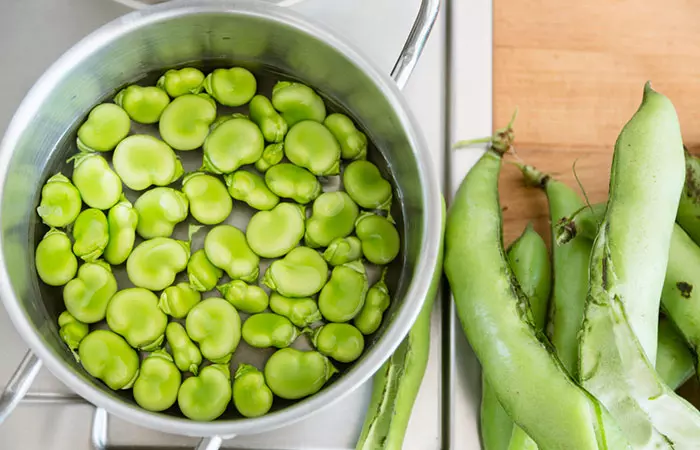
You can steam them to tenderness or even mash them and add to your recipes. This is the time to get creative.
Talking about getting creative, why don’t you check out these popular fava bean recipes?
Flavorful Fava Bean Recipes
1. Fava Beans With Snap Peas And Mint
What You Need
- 6 pounds of shelled fava beans
- Coarse salt and freshly ground pepper, as needed
- 1 pound of trimmed snap peas
- ¼ cup of packed fresh mint leaves
- 3 tablespoons of unsalted butter
Directions
- Prepare an ice water bath. Bring a large container of salted water to a boil and add the snap peas and blanch for 3 to 4 minutes.
- Transfer the beans to the ice bath and allow them to cool. Drain them on a paper towel.
- Add the fava beans to the container and blanch for 2 to 3 minutes. Transfer these also to the ice bath and let them cool. Pop the beans from their skins.
- Melt the butter over a saucepan over medium heat. Add the fava beans and cook for 4 to 5 minutes or until they are crisp-tender. Now, add the peas and season with salt and pepper. Keep cooking for 3 to 5 minutes. Transfer to a serving bowl and sprinkle the mint leaves on top.
2. Fava Beans Hummus
What You Need
- 2 cups of fava beans, cooked
- 3 tablespoons of tahini
- 2 tablespoons of lemon juice
- 1 garlic clove, minced
- ½ teaspoon of cumin, ground
- 2 tablespoons of olive oil
- ½ teaspoon of salt
- ¼ teaspoon of pepper
Directions
- Blend fava beans with tahini, lemon juice, garlic, cumin, olive oil, salt, and pepper in a food processor.
- Serve with pita bread, crackers, or veggies.
3. Fava Beans Salad
What You Need
- 1 cup of fava beans, cooked
- 1 cucumber, diced
- 1 red onion, finely chopped
- ½ cup of cherry tomatoes, halved
- ¼ cup of fresh parsley, chopped
- 1 tablespoon of olive oil
- 1 tablespoon of lemon juice
- ½ teaspoon of salt
- ¼ teaspoon of pepper
- ½ teaspoon of honey (optional)
Directions
- Add the cooked fava beans, cucumber, red onion, cherry tomatoes, and parsley to a bowl.
- Prepare dressing using olive oil, lemon juice, salt, pepper, and honey.
- Pour it over the salad and mix well.
4. Fava Beans Risotto
What You Need
- 1 cup of Arborio rice
- 1 cup of fava beans
- 2 tablespoons of oil
- 2 garlic cloves, minced
- 1 onion, finely chopped
- ½ cup of dry white wine
- 3 cups of vegetable broth
- 2 teaspoons of salt
- 1 teaspoon of pepper
Directions
- Heat oil in a saucepan and add onion and garlic to it.
- Saute for 2-3 minutes and add arborio rice blended with white wine.
- Once the wine evaporates, add warm vegetable broth and let the rice cook. This will take about 18-20 minutes.
- Mix in cooked fava beans and cook for 4-5 minutes
- Season with salt and pepper, and enjoy!
A blogger cherishes the simplicity of fava beans on their blog. They shared, “I prepare them exactly the same three ways every time…as an easy appetizer served fresh with pecorino cheese and terrific wine or a light lunch/dinner first course mashed into a garlicky delicious puree spread on bruschetta…or tossed in a quick pasta (i).” Their favorite, a garlicky puree on bruschetta, became a staple. The process involved boiling and peeling the beans, creating a smooth paste with garlic and olive oil. The final touch—a spread on bruschetta, topped with pecorino or parmigiano-reggiano, drizzled with high-quality olive oil, and sprinkled with grey salt.
Ain’t your mouth watering already?
All said and done, every food has a dark side. Fava beans are no exception.
What Are The Side Effects Of Fava Beans?
Issues During Pregnancy
Excess intake of fava beans by the pregnant mother may cause favism in the newborn. This may come as a surprise – as fava beans are often recommended for pregnancy. Hence, it is always safe to double-check with your health care provider.
Depression
This could be another contraindication. Excess L-dopa in the blood can lead to vitamin B6 deficiency, and this, in turn, can cause depression. Check with your doctor. Also, please avoid fava beans if you are already taking monoamine oxidase inhibitors (MAOIs) for depression.
G6PD Deficiency
Also called glucose-6-phosphate dehydrogenase deficiency, where red blood cells break down due to infection or stress, this condition can get aggravated upon intake of fava beans. If you have this condition, please avoid fava beans (9).
According to global survey reports, G6PD affects more than 400 million people worldwide, with it affecting 5% to 30% of the population in Africa, the Middle East, the Mediterranean, and Asia. It was further estimated that 10-14% of African American males are affected by this condition in the United States.
 Did You Know?
Did You Know?Infographic: 5 Reasons To Include Fava Beans In Your Diet
While originally grown in Israel, fava beans are consumed across the world due to their rich protein and mineral content. They may improve motor function and lower cholesterol levels. We have rounded up the most important benefits of including these nutritious beans in your daily diet in the infographic below. Check it out!
Some thing wrong with infographic shortcode. please verify shortcode syntaxThe benefits of fava beans are attributed to their rich folate, L-dopa, thiamin, copper, selenium, zinc, magnesium, potassium, and vitamins K and B6 content. Moreover, they do not contain cholesterol. This rich nutritional profile can help treat and prevent Parkinson’s (by improving motor performance), prevent birth defects (thanks to folate), blood sugar regulation and reduce blood pressure and cholesterol levels. The copper in fava beans aids in the formation of white blood cells, which play a key role in immune function. However, these beans may have a few side effects like pregnancy issues and depression in some individuals. So, practice caution when consuming them.
Frequently Asked Questions
Can you eat fava beans raw?
Yes, you can eat fava beans raw, but it is best to cook them, especially for digestion and lectin content.
How are fava beans different from lima beans?
Though they belong to the same family, they differ in terms of texture and the cooking process. Lima beans don’t have to be peeled. Also, lima beans are not as firmer as fava beans after being cooked. However, when it comes to fava and lima beans’ benefits, both are high in protein and fiber, which may help with weight management.
What are fava beans called in some popular languages?
Fava beans are called habas in Spanish, cándòu in Chinese, and baakala in Hindi.
Are fava beans anti-inflammatory?
Yes, fava beans have anti-inflammatory properties. They can help reduce oxidative stress and may help manage inflammatory gastrointestinal tract conditions (11).
Can people with diabetes eat fava beans?
Yes, fava beans are suitable for people with diabetes as they can lower blood glucose levels and prevent heart disease (11).
Illustration: The 6 Powerful Benefits Of Fava Beans + An Incredible Recipe

Image: Stable Diffusion/StyleCraze Design Team
Fava beans are delicious and great for your health. Check out this video to learn the health benefits of these nutritious beans and find out why you should add them to your daily diet.
Personal Experience: Source
StyleCraze's articles are interwoven with authentic personal narratives that provide depth and resonance to our content. Below are the sources of the personal accounts referenced in this article.
i. do you love fava beans?https://napafarmhouse1885.blogspot.com/2009/06/do-you-love-fava-beans.html
References
Articles on StyleCraze are backed by verified information from peer-reviewed and academic research papers, reputed organizations, research institutions, and medical associations to ensure accuracy and relevance. Read our editorial policy to learn more.
- “Simultaneous determination of levodopa…”. US National Library of Medicine.
- “Broad bean consumption and Parkinson’s…”. US National Library of Medicine.
- “Faba beans may be a natural source for…”. The College of Natural Sciences.
- “Evidence that folic acid deficiency is a major…”. US National Library of Medicine.
- “Physiology, Pregnancy” US National Library of Medicine.
- “Folate for pregnant women”. Better Health Channel, Victoria State Government.
- “Favism in a female newborn infant whose mother…”. US National Library of Medicine.
- “Effects of methanolic extracts from broad beans on…”. US National Library of Medicine.
- “Effect of a High-Protein, High-Fiber Beverage Preload on Subjective Appetite Ratings and Subsequent Ad Libitum Energy Intake in Overweight Men and Women: A Randomized, Double-Blind Placebo-Controlled, Crossover Study”. National Library of Medicine.
- “The importance of weight management in type 2 diabetes mellitus”. National Library of Medicine.
- “Caring for glucose-6-phosphate dehydrogenase…”. US National Library of Medicine.
- “Glucose 6 Phosphate Dehydrogenase Deficiency”. US National Library of Medicine.
- “https://www.ncbi.nlm.nih.gov/pmc/articles/PMC8176050/”.Effect of supplementing fava bean (Vicia faba L.) on ulcerative colitis and colonic mucosal DNA content in rats fed a high-sucrose diet
Read full bio of Ariana Fiorita
Read full bio of Ravi Teja Tadimalla
Read full bio of Arshiya Syeda
Read full bio of Aparna Mallampalli





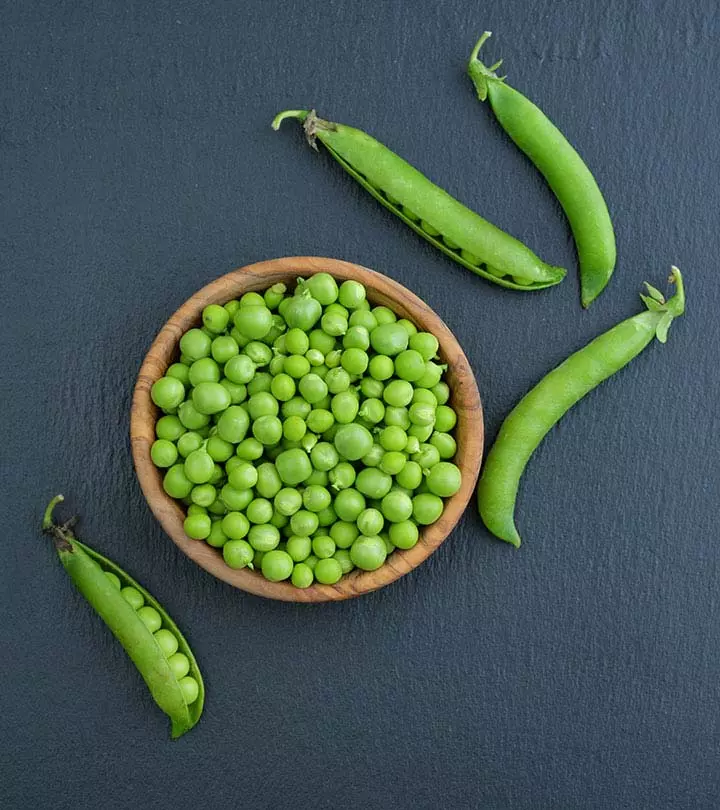
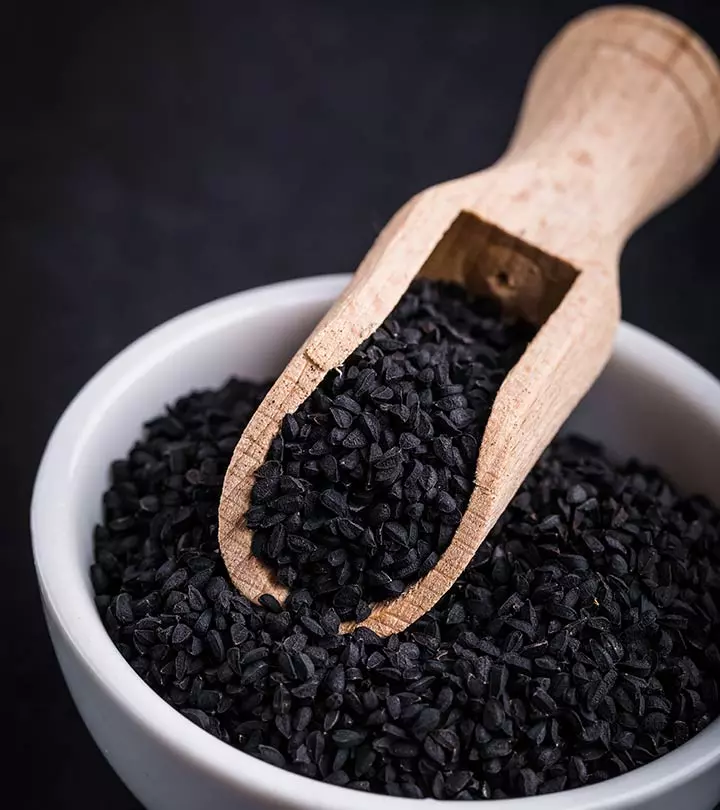

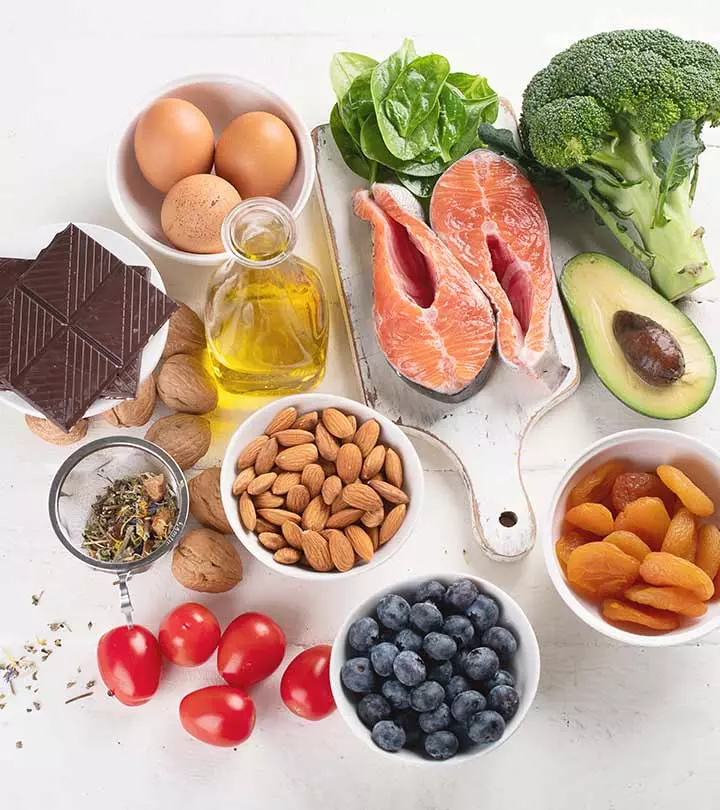
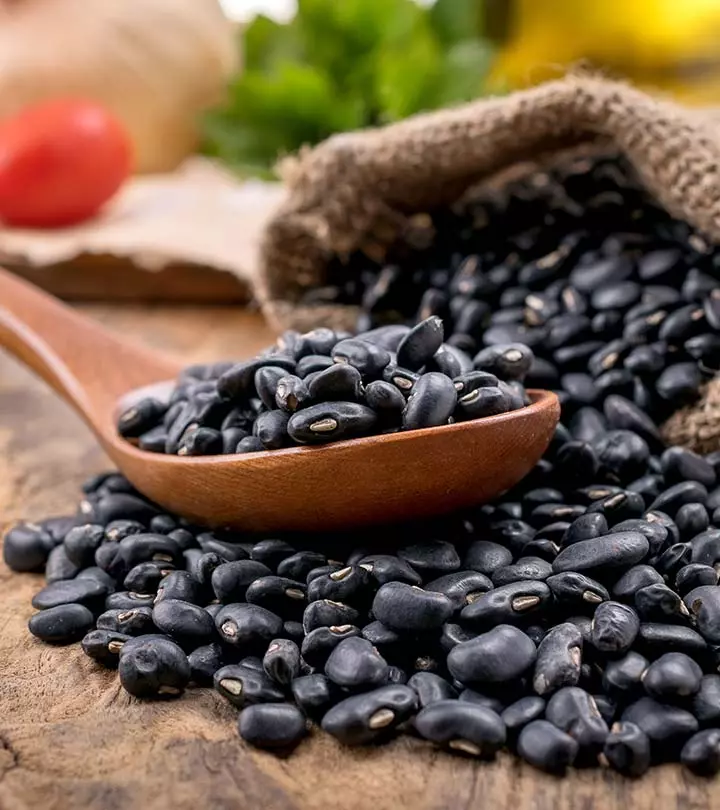
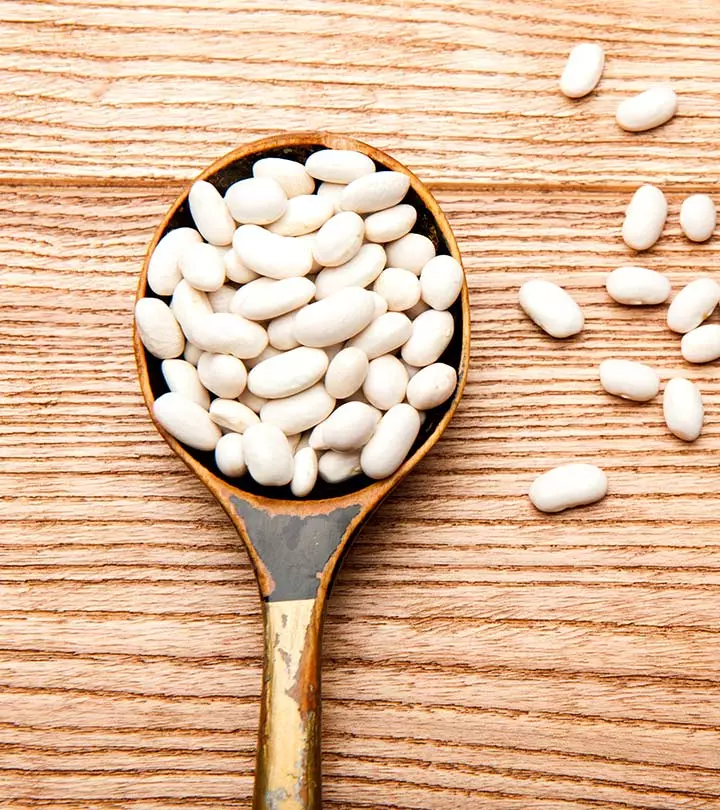
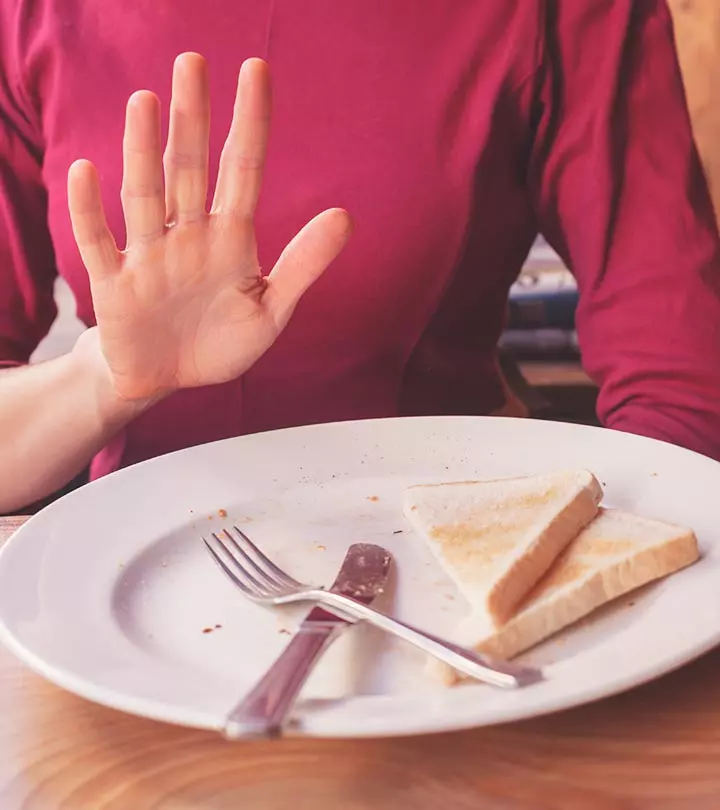
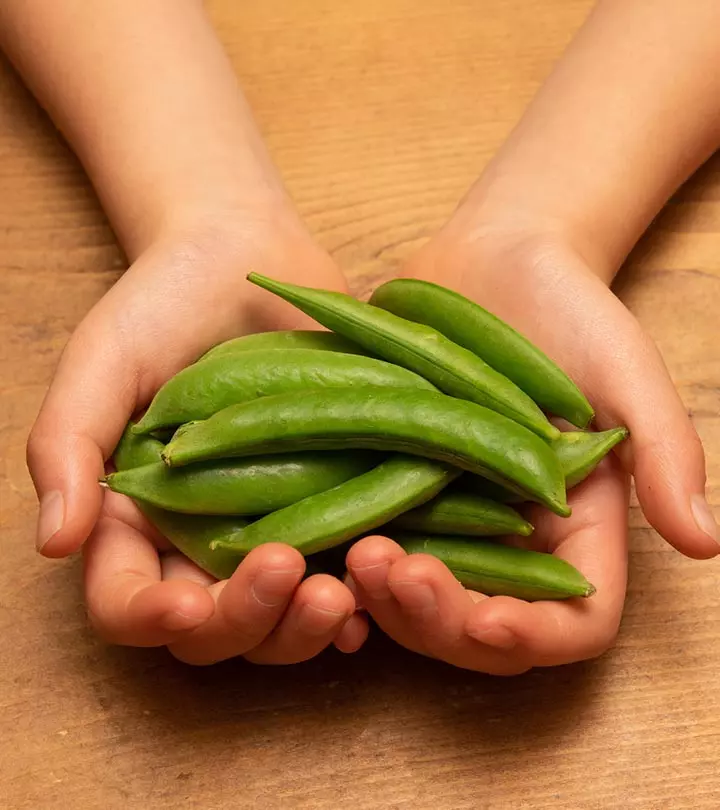
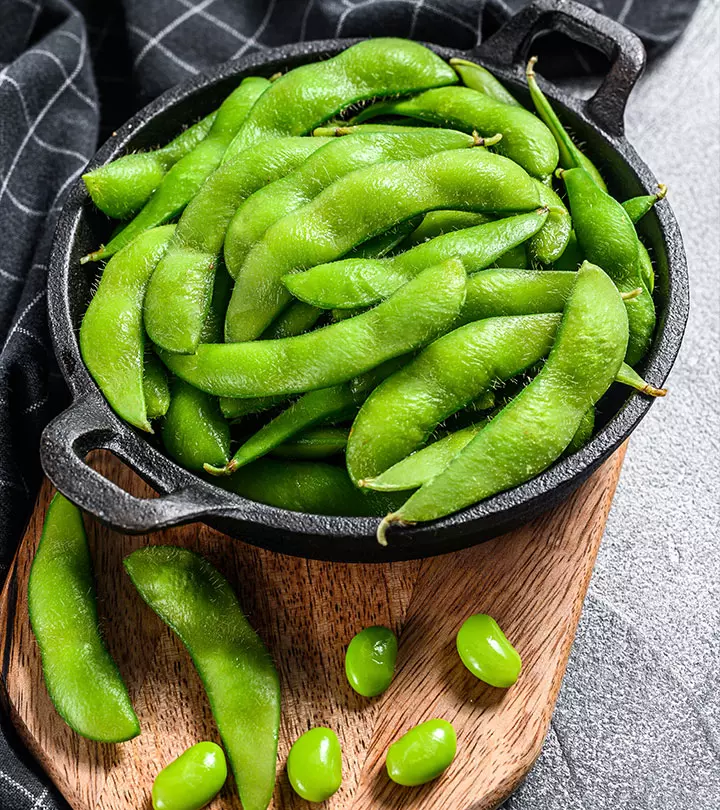

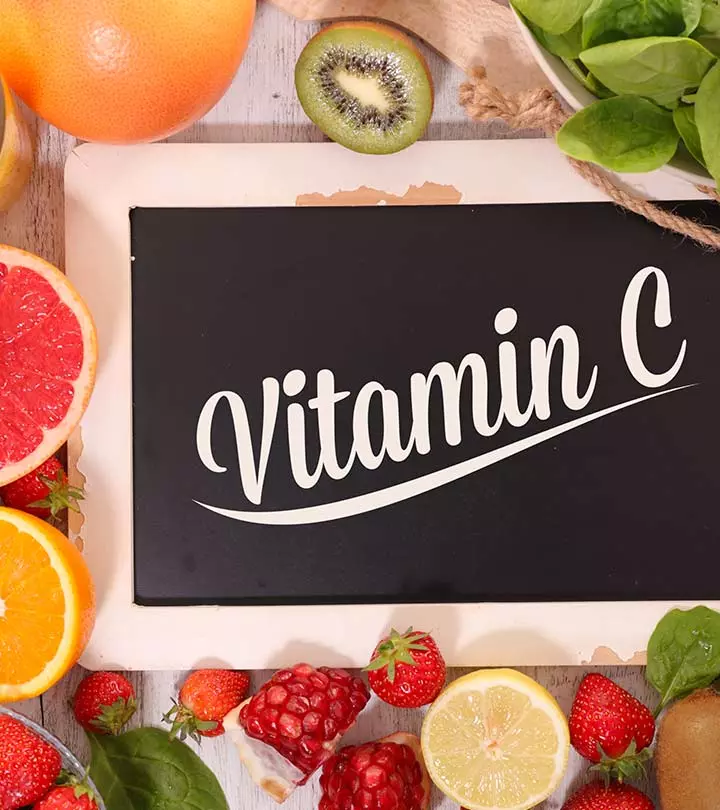
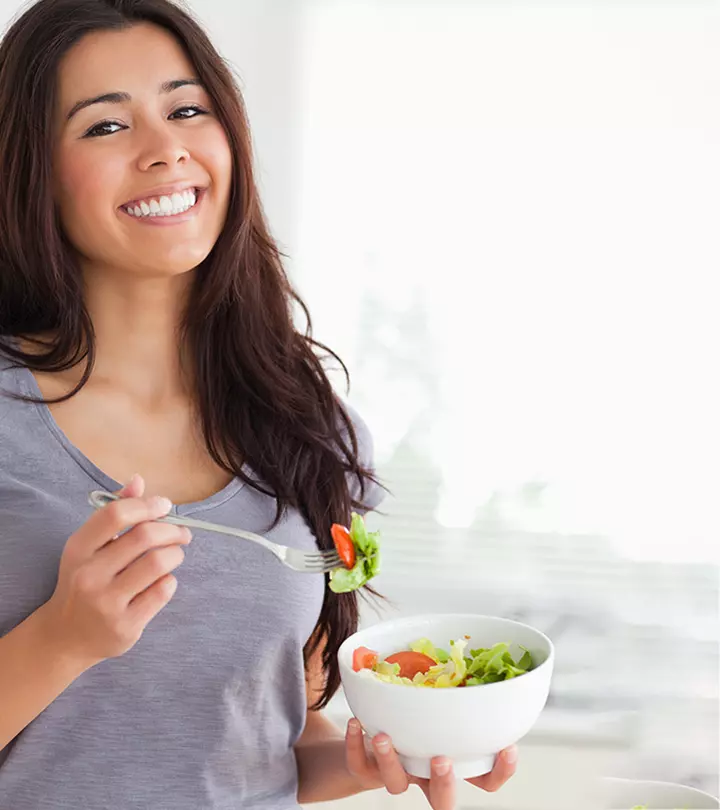
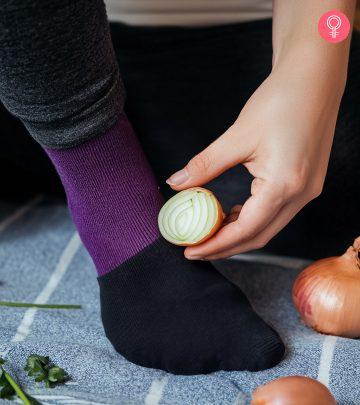
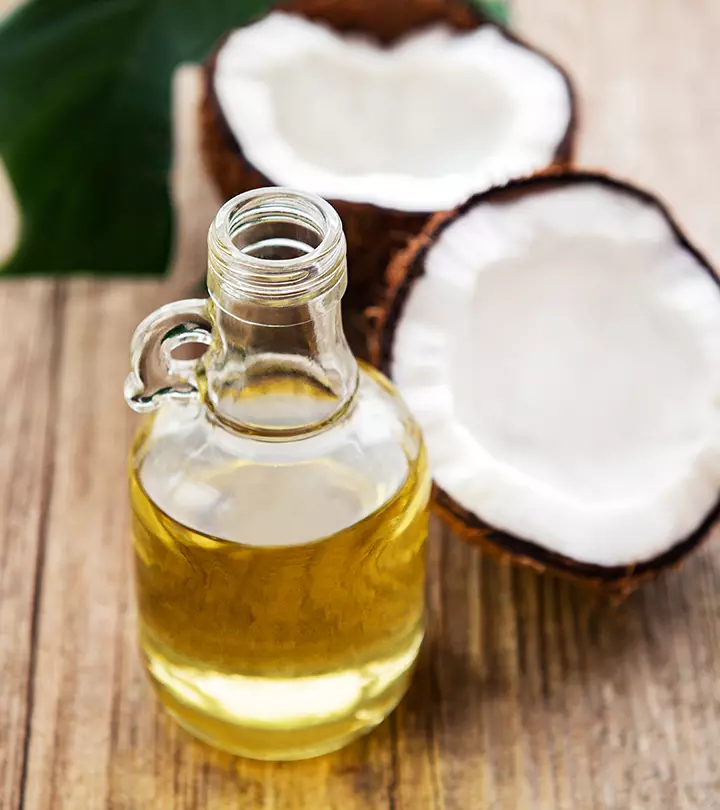

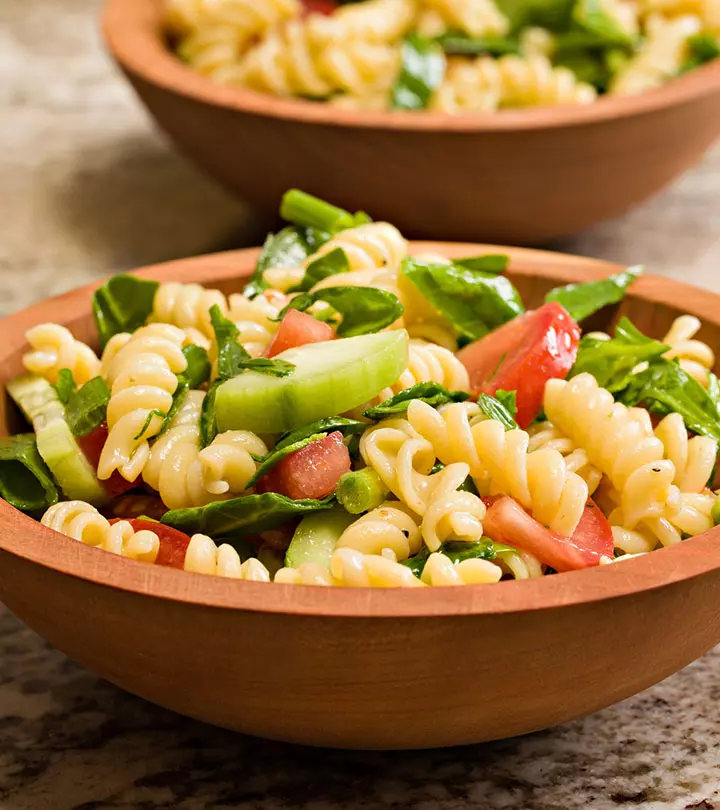
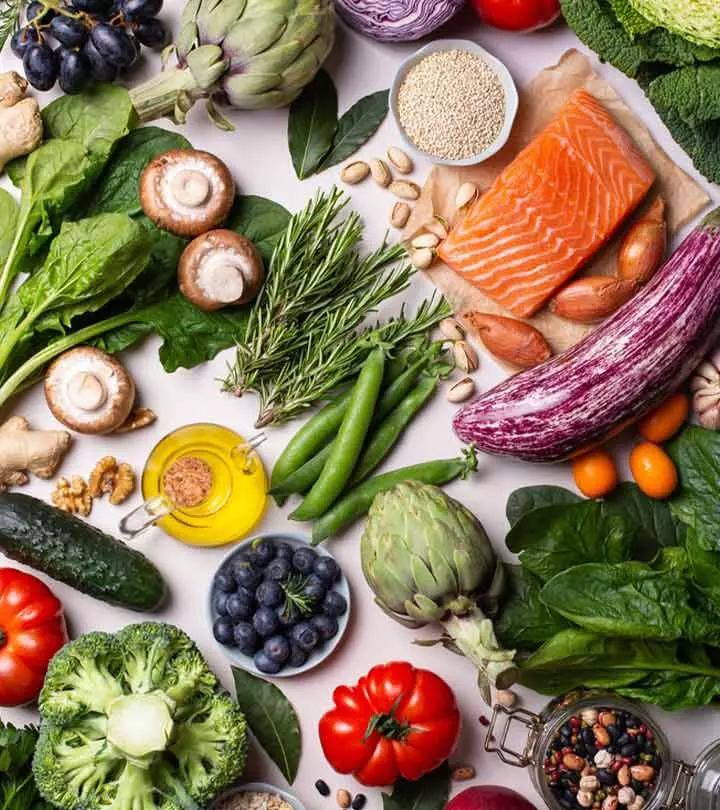



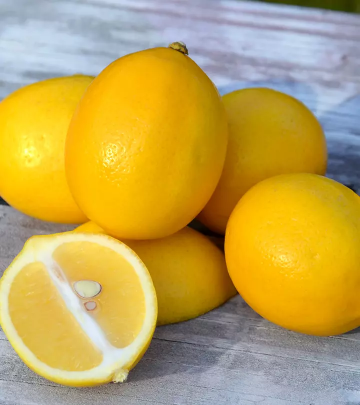
Community Experiences
Join the conversation and become a part of our empowering community! Share your stories, experiences, and insights to connect with other beauty, lifestyle, and health enthusiasts.